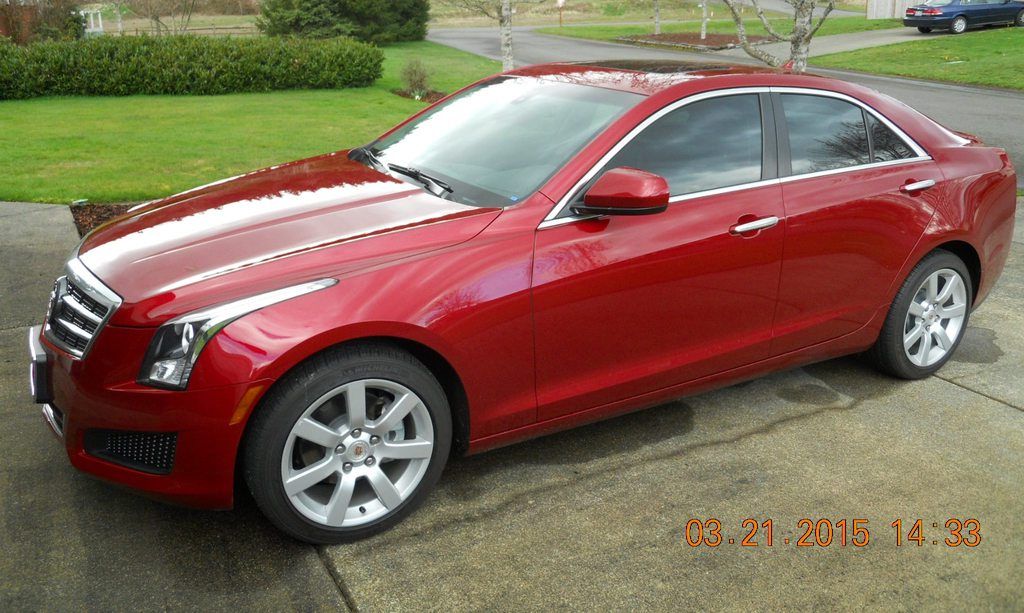Avoiding swirls completely is impossible. They are introduced when you wash, dry, quick detail, or wax your car.
But you can slow them down considerably by doing a proper wash, dry, wax.
If you are serious about proper washing and surface maintenance, you need to get some supplies to get you started. An assortment of wheel brushes, quality wash mitts, grit guards for the bottom of your wash buckets, some good quality micro fiber cloths, and some quality wax applicators.
I get my stuff from a variety of places, but a place like Autogeek is a good place to start. They carry some good stuff to get you going until you find individual products you may like better. If you hunt around their website you'll find some good info for beginners.
Here is what I do:
I have a separate bucket and supplies that I use for wheels and wheel wells. Some prefer to do wheels last with the same stuff they washed the car with, I prefer to do them first, and use separate stuff that never touches the body of the car.
I give the car a good rinse to get whatever dirt and debris off of the finish before I start the wash.
For washing the car, I use the two bucket method with grit guards in the bottom of the buckets. One bucket is for soapy water, and the other is for rinsing off the cleaning material (wash Mitt) before it goes back in to the soapy water bucket.
I prefer either a lambs wool or chenille wash mitt for washing.
For drying, first I sheet the water off with a hose, and then I use an "Air force Master Blaster" to get about 90% of the water, before following up with quick detailer and a quality waffle weave. Before I got the Master Blaster, I used an electric leaf blower. They work pretty well, and are cheap. DO NOT use a gas powered blower to dry because it will blow exhaust soot on to the car.
No towel or cloth ever touches the finish dry not matter how good quality it may be. That's where you get swirls from.
If I am not waxing after the wash, I follow up with a quality micro fiber and quick detailer to get the surface slick and make it harder for debris and contaminants to stick to it.
If I am drying with a waffle weave, I use quick detailer to lubricate the surface before the waffle weave touches it.
The soapy water lubricates the surface for the wash mitt.
When waxing, the quality applicator is lubricated by the wax, as is the micro fiber I use to buff it off with.
Some people like to use quick detailer in place of a wash. I never do that. If one of my cars is dirty, it gets washed. No short cuts.
When the time comes to do surface correction, there is another whole list of stuff you'll need to get you going with claying, compounding (only if needed), polishing, and then protecting.
But if you are serious about getting in to the hobby, learning how to do a proper wash, dry, detail, wax, is a good place to get started.







